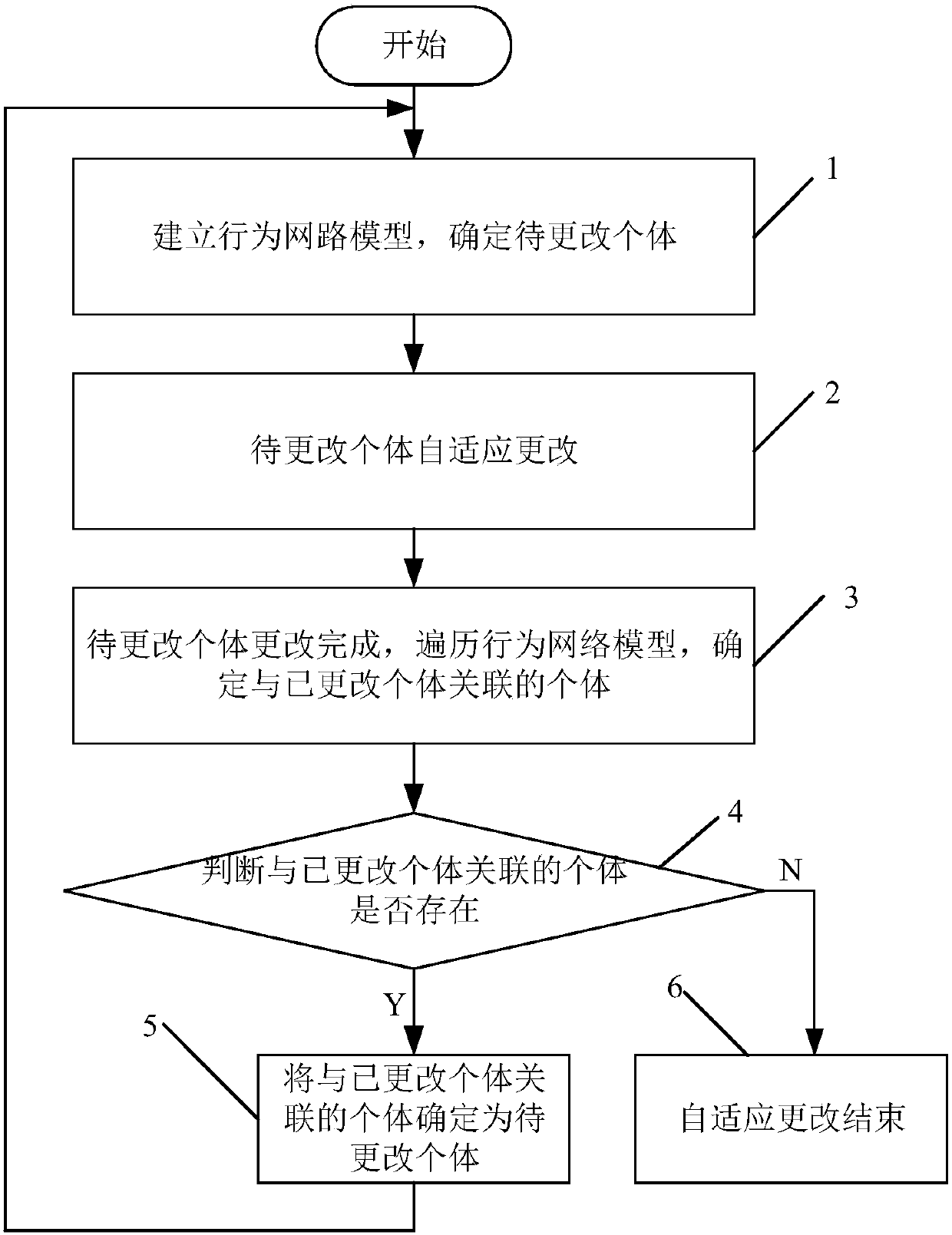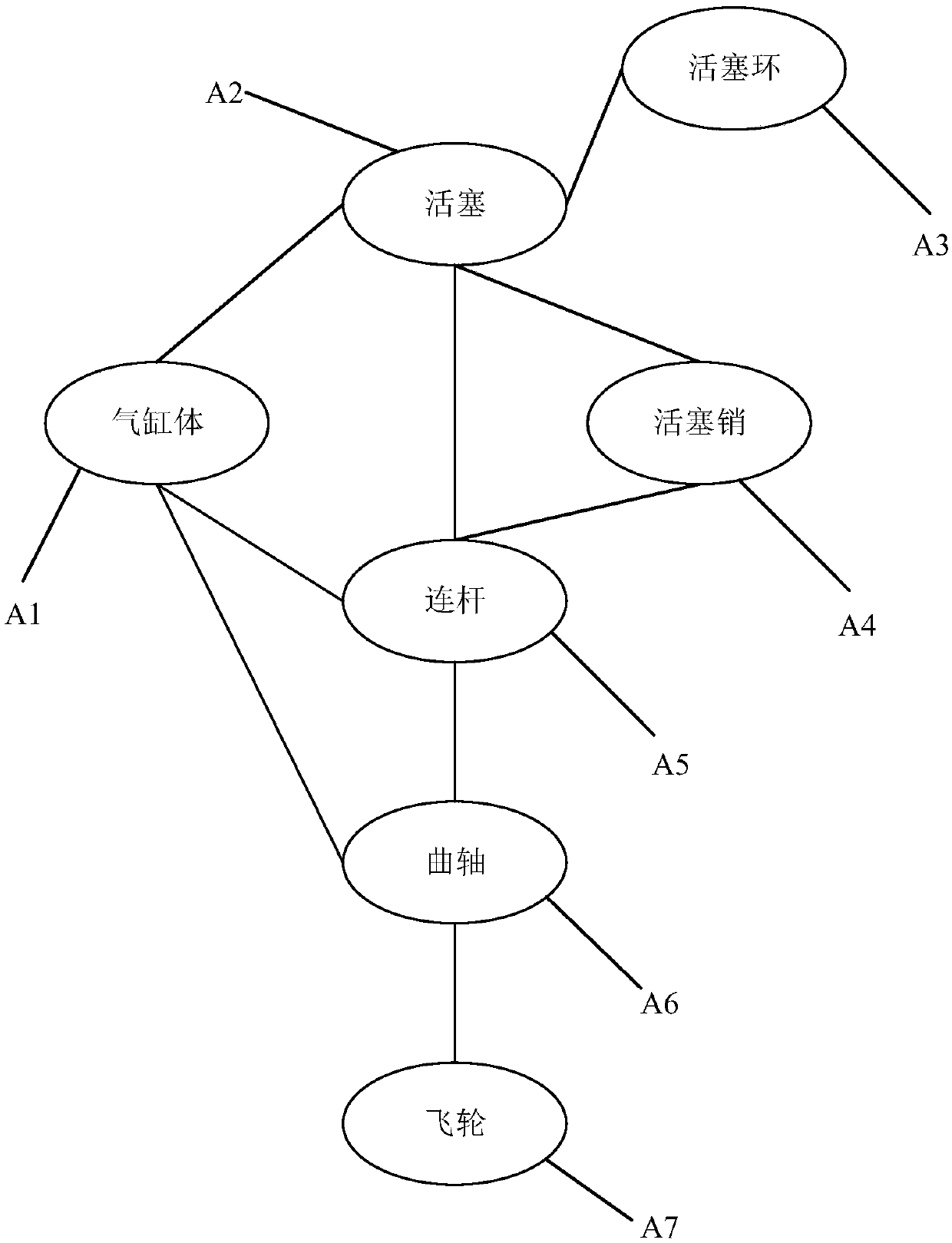A Method for Adaptive Change of Complex Product System Based on Population Evolution
A complex product and self-adaptive technology, applied in the direction of genetic rules, gene models, instruments, etc., to achieve the effect of simple method, easy implementation and high degree of automation
- Summary
- Abstract
- Description
- Claims
- Application Information
AI Technical Summary
Problems solved by technology
Method used
Image
Examples
Embodiment
[0042] In order to realize the self-adaptive change of the complex product system, the constituent factors are defined firstly, and the behavioral network model of the complex product system is established. The constituent elements of a complex product ecosystem are divided into product-type elements and environments.
[0043] Environment (Environment, ENV): Environment refers to the sum of everything around a specific individual or product group, including various factors that directly or indirectly affect the survival of the product group.
[0044] For a product ecosystem, the environment refers to the sum of all surrounding non-product elements, including various factors that directly or indirectly affect the survival of product groups. The environment provides material and energy for the product elements.
[0045] The environment is specific to a particular object and changes over time. So the environment is expressed as:
[0046] ENV={object,t,n,CPN-E},
[0047]
...
PUM
 Login to View More
Login to View More Abstract
Description
Claims
Application Information
 Login to View More
Login to View More - R&D
- Intellectual Property
- Life Sciences
- Materials
- Tech Scout
- Unparalleled Data Quality
- Higher Quality Content
- 60% Fewer Hallucinations
Browse by: Latest US Patents, China's latest patents, Technical Efficacy Thesaurus, Application Domain, Technology Topic, Popular Technical Reports.
© 2025 PatSnap. All rights reserved.Legal|Privacy policy|Modern Slavery Act Transparency Statement|Sitemap|About US| Contact US: help@patsnap.com



